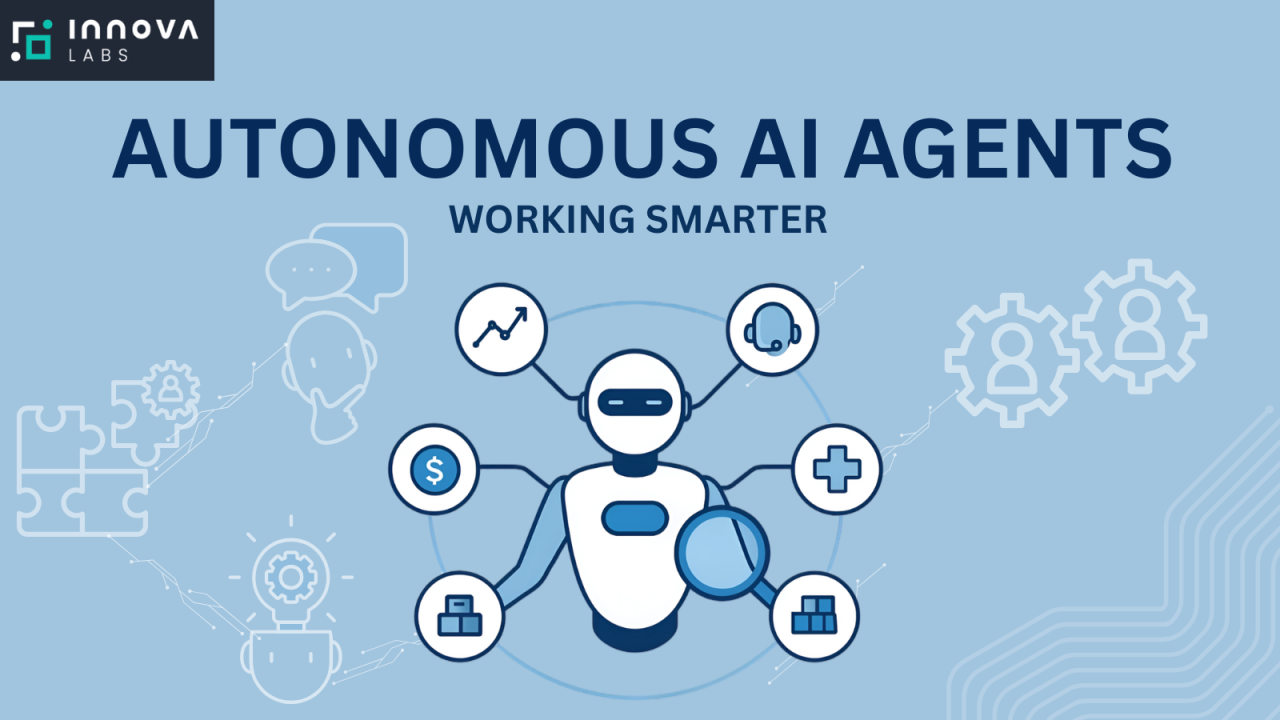Apple’s chip redesign — why the company is rethinking silicon
Apple’s chip story used to be simple: take the best ARM cores, tweak them, and ship a monolithic system-on-chip that marched ahead of Intel and the rest. But over the last few years that quiet dominance has turned into a louder, more structural redesign of how Apple thinks about silicon — not just faster transistors, but new packaging, modularity, AI-assisted design, and system-level specialization. This article walks through what Apple’s redesign means technically, strategically, and for the products you use — and why it signals a larger shift across the semiconductor world.
From monolith to mosaic: the architecture shift
Apple’s earlier “M-series” chips (M1, M2) followed the familiar system-on-chip (SoC) model: CPU, GPU, neural engine, I/O and memory controllers welded into a single silicon die. That approach brought huge advantages: tight integration, low latency between blocks, and extraordinary power efficiency. But as performance demands — especially for on-device AI — accelerate, the tradeoffs of a single, monolithic die become more visible: manufacturing yields fall as dies grow, different functions age at different paces, and the most advanced process node is both costly and not always the best fit for every block (GPU vs analog I/O vs memory). Apple’s redesign is a move away from “one big die” thinking toward a more heterogeneous, modular approach that blends multiple specialized pieces into a single package. This is often called chiplet or heterogeneous integration. IDTechEx
Why chiplets and heterogeneous integration now make sense
There are three simple economics-and-engineering drivers pushing the industry toward chiplets, and Apple is no exception:
-
Yield and cost: Smaller dielets manufactured on different nodes can improve yield and reduce cost compared to a single giant die produced entirely on the most advanced—and expensive—process.
-
Optimization per function: Logic blocks that benefit from bleeding-edge nodes (e.g., high-density CPU cores) can live on the latest process, while analog circuits, memory IP or specialized accelerators can be built on more mature nodes that are cheaper and sometimes technically better.
-
Faster iteration: If your GPU or neural engine is a separable tile, you can upgrade that block without re-spinning the entire SoC—a major advantage for product cadence and risk management.
These benefits are why chiplet strategies, advanced 2.5D/3D packaging, and sophisticated interposer/interconnect technologies are becoming mainstream in high-performance designs. Apple’s public product moves and the broader semiconductor narrative suggest the company is leaning into these trends to balance cost, performance, and faster feature cycles. Lumenci+1
Where Apple has already signaled the change (M3 → M4 era)
Apple didn’t announce “chiplets!” with fanfare, but its product releases and commentary provide clues. The M3 family (and subsequent M4 line) showcases greater on-device AI and expanded neural capabilities, which increasingly require specialized accelerator resources and memory bandwidth that are easier to achieve with modular designs and advanced packaging. Apple’s product announcements for M4, M4 Pro and M4 Max, along with refreshed Macs like the new Mac Studio and iMacs, underline a focus on power-efficient AI performance across desktops, laptops and pro systems. This is the kind of workload that benefits from disaggregated silicon and tighter packaging-level interconnects. Apple+1
AI designing chips — faster, denser, and more creative layouts
A provocative (and practical) change inside Apple is adoption of AI-assisted chip design. According to reporting and executive remarks, Apple is exploring using generative AI to speed chip design, from floorplanning to layout optimization and verification. The promise is twofold: accelerate lengthy design cycles and discover non-intuitive architectures or placement strategies that squeeze more performance or power efficiency out of the same process node. For a company that controls hardware and software tightly, AI-augmented EDA (electronic design automation) can be a multiplier — letting Apple iterate faster across multiple bespoke tiles in a heterogeneous package. Reuters
Packaging: the unsung hero that enables “more-than-node” gains
If chiplets are the pieces, packaging is the glue. Advanced packaging techniques — 2.5D interposers, 3D stacking, high-density organic substrates and fine-pitch interconnects — are how multiple tiles behave like a single, high-bandwidth, low-latency system. This is where TSMC, ASE, Amkor and other TSOs matter: their packaging capabilities determine the bandwidth and thermal behavior of a chiplet-based system. Apple’s partners and the industry’s push toward hybrid memory cubes, silicon interposers, and redundant high-speed links all feed into the redesign story: performance gains will increasingly come from smarter integration rather than just smaller transistors. Lumenci+1
The product angle: why consumers notice less but gain more
For end users, Apple’s chip redesign should be largely invisible in day-to-day use — but the experience will change. Expect:
-
Stronger on-device AI: Faster, more capable neural engines in Macs, iPads and iPhones that can run complex generative or multimodal models locally with lower latency and better privacy. (Apple has been explicit about enhancing on-device AI capabilities.) Apple Machine Learning Research
-
Longer performance tail: Devices could receive meaningful hardware-level improvements across generations without full platform replacements — e.g., a new neural tile could deliver big AI boosts without changing other subsystems.
-
Thermal and battery improvements: By placing hot blocks on optimal nodes and improving packaging thermal paths, Apple can keep power draw efficient while increasing sustained performance.
-
Modular upgrades for pro users: In server or studio-class products, modular silicon could make higher-end configurations more cost-effective or scalable.
Apple will sell these gains in product terms (better battery life, more AI features, pro-level throughput) rather than “chiplet architecture,” but that underlying technology is what enables many of the headline features.
Strategic implications: control, supply chain, and competitors
Apple’s chip redesign is not just technical — it’s strategic.
-
Control over the stack: Apple’s end-to-end model (hardware, OS, silicon, services) benefits from modular chips that allow tighter OS-accelerator co-design and privacy-focused on-device AI.
-
Supplier leverage and cost optimization: By splitting functions across process nodes and packaging suppliers, Apple can balance the rising cost of cutting-edge nodes (TSMC’s future 2 nm will be notably more expensive) against parts that don’t need the latest nodes. This is particularly timely as advanced nodes become both more expensive and more scarce. Tom’s Guide
-
Barrier for rivals: Custom tile design, proprietary interconnects and deep software-hardware co-optimization raise the bar for competitors who lack Apple’s integration and volume. Conversely, rivals like Qualcomm and Intel are themselves pushing modular packaging and heterogeneous designs, so the industry remains competitive.
Challenges — not everything is sunshine
The redesign also brings new risks and complexities:
-
Thermal and signal integrity: Packing more high-speed links into a package increases design complexity — power delivery and cooling become harder at the package level.
-
Assembly and yield: While smaller tiles can improve yields, advanced packaging with thousands of micro-bumps and ultra-fine interconnects demands exacting manufacturing and can introduce new failure modes. Redundancy and lane-swapping in interconnects become necessary at scale. Semiconductor Engineering
-
Software ecosystem burden: To fully benefit, Apple’s OS and compilers must exploit heterogeneous blocks efficiently. Apple controls its OS, which helps, but the software complexity remains real.
-
Supply concentration: Relying on TSMC and few advanced packagers creates geopolitical and capacity risk — something every major tech company now manages carefully.
What this redesign means for Apple’s roadmap
From the product signals we’ve seen — M4 family launches, iMac and Mac Studio updates, Apple’s emphasis on on-device models — the near-term roadmap emphasizes AI capability, pro performance, and continuity across Apple’s product lines. In practice that looks like:
-
Continued iterations on M4-class chips for Macs and M-series variants for iPads and Vision hardware (Apple has signaled M4 use in pro desktop and VR/AR devices). Apple+1
-
Increased use of specialized accelerators tuned for Apple’s foundation models and on-device inference; Apple’s research posts highlight optimizations for running compact, efficient models on silicon. Apple Machine Learning Research
-
Gradual incorporation of more advanced packaging or chiplet-style modules as the industry’s packaging ecosystem matures, enabling higher-bandwidth interconnects and mixed-node integration.
Longer term, Apple could push further into modular compute tiles across AR/VR wearables, phones, tablets and Macs — essentially treating silicon as another modular product family that evolves on its own cadence.
Wider industry ripple effects
Apple’s moves matter because they validate strategies smaller vendors are already exploring: heterogeneous integration is now a mainstream path to keep scaling performance when transistor advantages alone slow. That will push EDA vendors to bake AI into their toolchains, drive demand for advanced packaging services, and encourage chip IP firms to build tiles rather than monolithic IP blocks. If Apple invests more in AI-designed layouts and modular packaging, others will follow — and that will accelerate the wider move away from “shrink-only” scaling.
Bottom line: redesign is evolutionary — but systemic
Apple’s chip redesign is not a single dramatic pivot; it’s a layered, systemic evolution. The company is combining:
-
modular packaging and chiplet strategies to optimize cost and performance;
-
AI-assisted chip design to speed iteration and discover efficient layouts; and
-
OS and software co-design to get the most out of heterogeneous blocks.
Together these trends let Apple sustain its edge in power efficiency and on-device AI while managing costs in an era of expensive process nodes. For consumers, the net effect will be more capable, private, and longer-lived devices that can run complex AI workloads locally. For the industry, Apple’s embrace of heterogeneous integration and AI in chip design signals where the semiconductor roadmap is headed: packaging, software, and smarter design tools will matter as much as raw transistor density.
Sources and further reading
-
Apple newsroom: Mac Studio and iMac updates describing M4/M3 family announcements. Apple+1
-
Reuters reporting on Apple exploring generative AI to help design its chips (June 18, 2025). Reuters
-
IDTechEx report and industry coverage summarizing chiplet technology and drivers for modular design. IDTechEx
-
Packaging and industry commentary on 2.5D/3D packaging and interposer technology as enablers of heterogeneous integration. Lumenci
-
Industry reporting on costs and transitions to next-generation nodes (TSMC 2nm coverage) showing why packaging and chiplet economics matter. Tom’s Guide
For quick updates, follow our whatsapp –
https://whatsapp.com/channel/0029VbAabEC11ulGy0ZwRi3j
https://bitsofall.com/https-yourblog-com-deepseek-r1-model-introduction-disruptive-entry-into-ai/
https://bitsofall.com/https-yourblog-com-meta-fair-released-code-world-model-cwm/
OpenAI and NVIDIA partnership: building the compute backbone for the next era of AI







